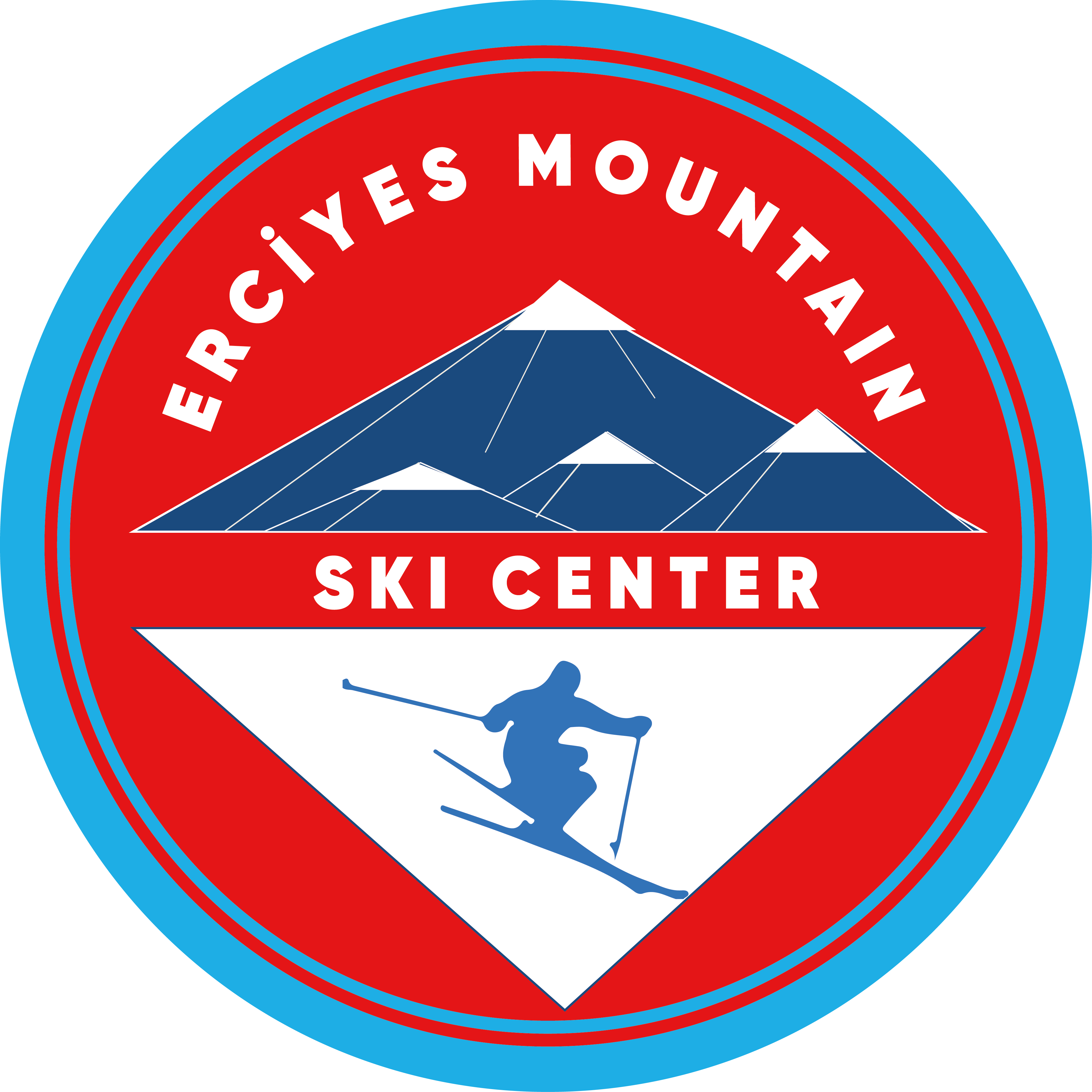Equipment Selection and Clothing Guide in Ski & Snowboard Stores
Choosing the right equipment is extremely important before you start skiing or snowboarding. The staff at the ski & snowboard shops that sell or rent ski equipment will help you with detailed information. Choosing the right size, suitable shoes and quality equipment is the basic step for a safe and enjoyable skiing experience.
Things to Consider When Choosing Ski and Snowboard Equipment
1. Ski Size Selection
Ski length should be at chin level. This provides an optimal level of both balance and control. Skis that are too long make control difficult, while skis that are too short can negatively affect speed and balance.
2. Inspection of Ski and Snowboard Steel
The outer and inner steel parts of the skis & snowboards must be checked. Rusty, broken or dull steel edges negatively affect both safety and sliding performance. For safe skiing on the piste, the steels must be properly sharpened.
3. Checking Ski Shoe Bindings
When lacing up your shoes, make sure that the bindings fit snugly. Failure to lock the ski or snowboard binding system correctly can result in the shoe not coming off in the event of a fall and can cause injury.
4. Adjustment of Lashing Settings to Match Weight and Height
The automatic systems of ski bindings should be adjusted according to your body weight and height. Thanks to this adjustment, the shoe can be easily removed from the binding in case of a fall and the risk of injury is minimized. Always have this adjustment made by store staff.
5. Length of Ski Poles
Ski poles should be at waist level. Too short poles can impair balance, while too long poles restrict mobility. Test your poles by holding them upright; your elbows should be at a 90 degree angle.
6. Ski Shoe Trial
The ski shoes should fit snugly, neither too tight nor too loose. Walk for about 10 minutes while trying them on; if you feel any pressure or discomfort, try a different size.
7. Checking Klep and Connections
Check all clip connections on your ski boots. The clips should be tight but comfortable, keeping your foot stable but not obstructing blood circulation.
8. Use of socks and pants
Make sure that your socks are not folded when putting on your shoes. The cuffs of the ski pants should remain above the upper throat of the shoe and should not be tucked in. This improves waterproofing and comfort.
9. Ski Shoe Stiffness Rating (Flex Number)
Flex stiffness numbers for beginners should generally be between 65-80. This value supports the ankle and provides a comfortable range of motion. For intermediate and advanced skiers, flex numbers between 90-120 should be preferred. These numbers are printed on every ski shoe.
Clothes to Wear While Skiing and Snowboarding
- Ski Coat Choose a waterproof, breathable jacket.
- Ski Pants Use pants that protect against wind and water.
- Thermal Underwear: Choose thermal underwear that maintains body temperature and expels sweat.
- Turtleneck Blouse or Fleece: Ideal for keeping warm and protected from the cold.
- Snow Goggles Ensure both visibility and safety with UV-protected goggles.
- Snow Gloves Waterproof gloves are important for the health of your hands.
- Helmet The most important protective equipment against falls and bumps.
Contact Information
Legend Veysel Hoca
Erciyes Ski Center
Phone: +90 532 355 0813
WhatsApp: +90 532 355 0813
